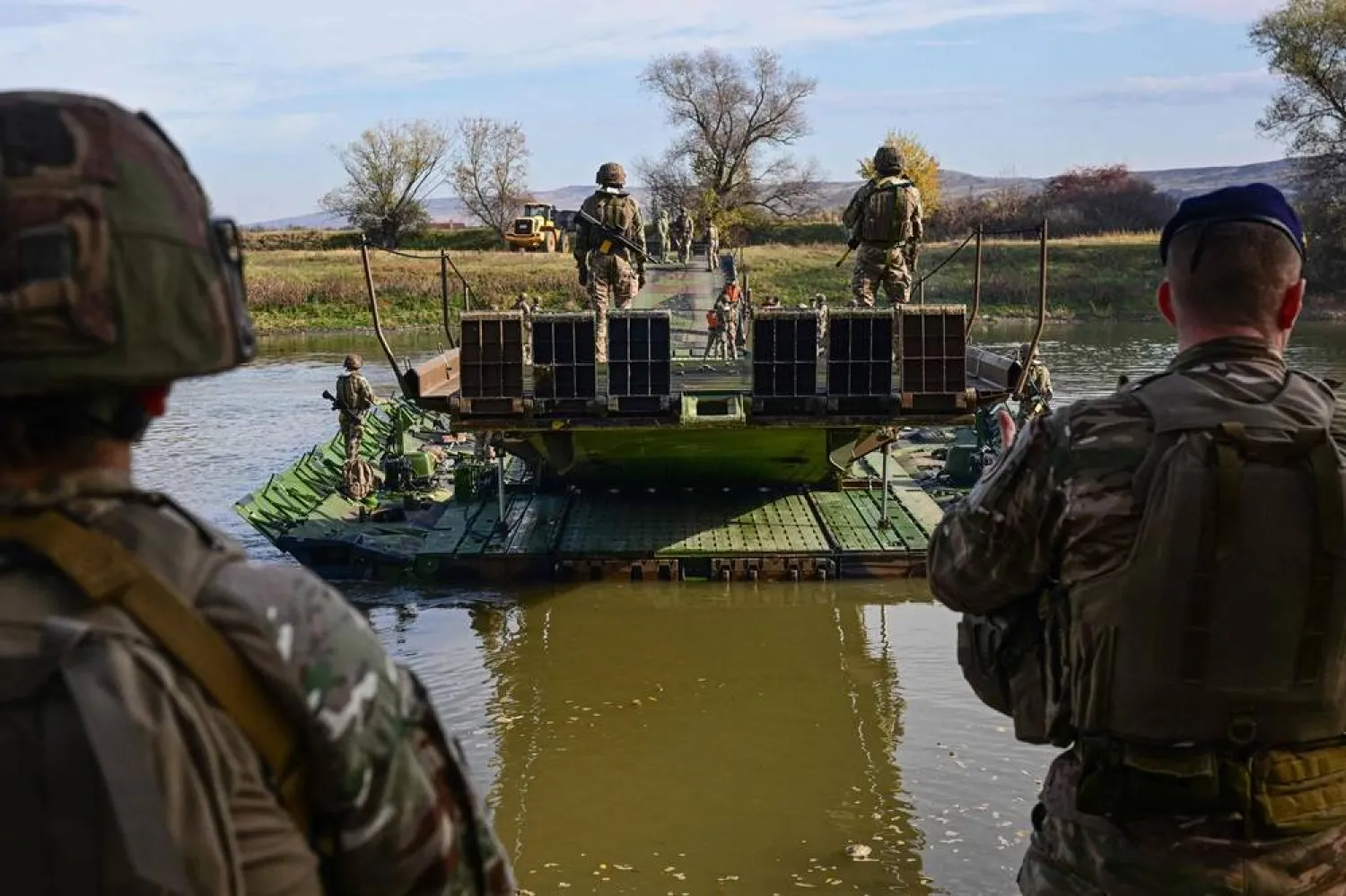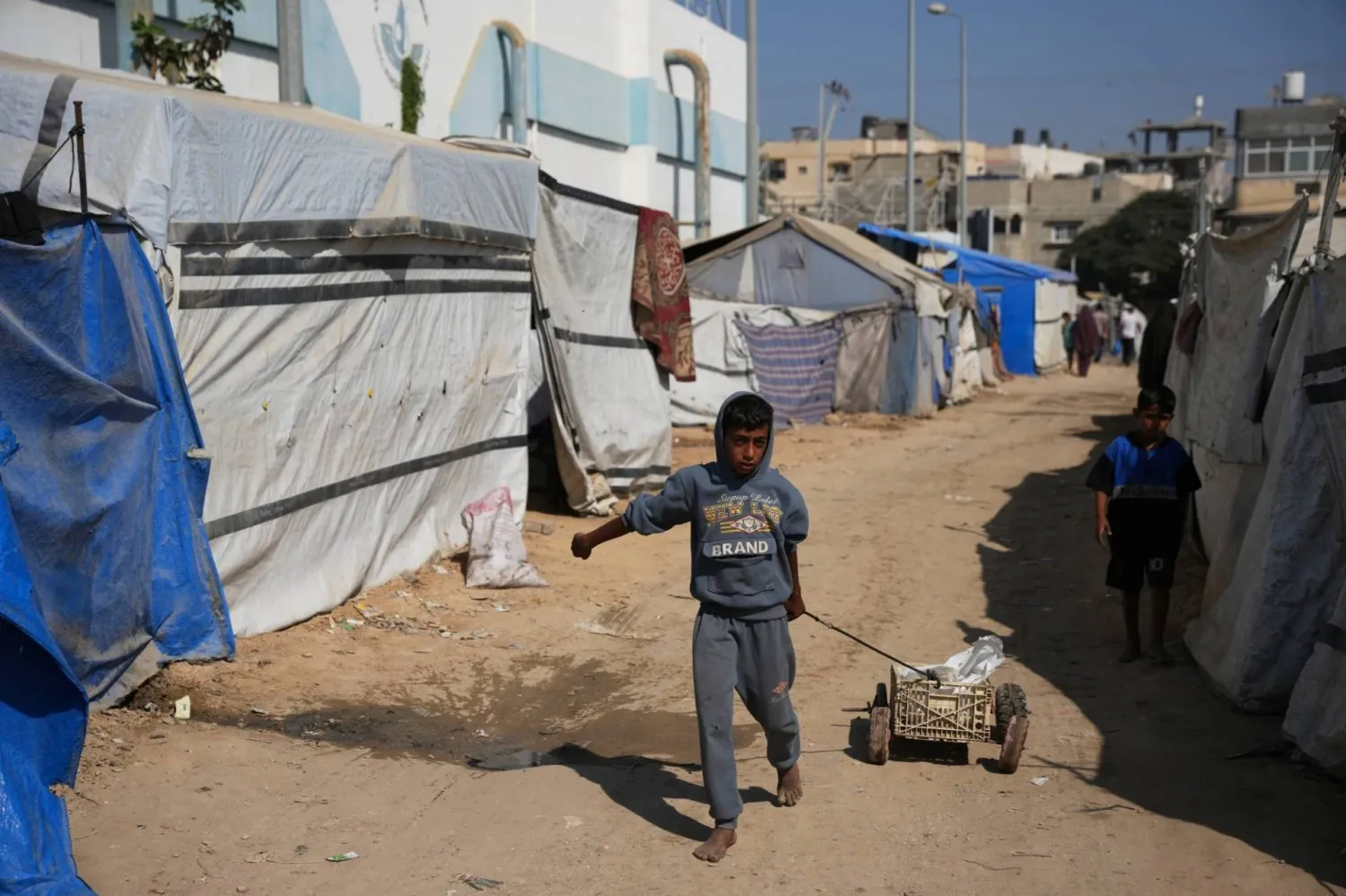The sixth round of talks of the Syria Constitutional Committee in Geneva concluded on Friday with “big disappointment” for the UN Special Envoy for Syria Geir Pedersen as they stood on the “precipice of flexibility” outlined by Damascus.
This has put the ball in Moscow’s court. It will decide on the future of the political process in the next stage.
Russia will mount a two-pronged diplomatic campaign that will see efforts spent on getting the Syrian government to move forward to the seventh round of talks according to the previous operational reference and negotiations with Arab and Western nations on approving concessions, delivering aid, and lifting off isolation and sanctions facing Damascus in exchange for the “flexibility” shown by it.
“I think it’s fair to say the discussion today was a big disappointment,” Pedersen said at a brief news conference on Friday.
This week’s round of the Syrian Constitutional Committee talks, the first since last January, was supposed to be a major breakthrough after delegations agreed to start by drafting constitutional principles.
Nevertheless, the delegations were unable to work on the four proposed provisions of the new constitution principles, and they also failed to set a date for the seventh round of talks.
For his part, Pedersen noted that there needs to be more trust and political will so that the drafting process may commence.
The drafting committee consists of 45 members from the Syrian government, opposition, and civil society.
The delegations agreed to task the Syrian government with handling provisions related to “sovereignty, independence, and territorial integrity of the Syrian Arab Republic” and “terrorism and extremism.”
The opposition delegation took on responsibility for drafting constitutional text related to “the army, armed forces, security, and the intelligence,” while the civil society delegation would draft text on “the rule of law.”
Pedersen said the government delegation decided not to present any new text.
This comes as a shock to Pedersen’s efforts in the past months, as he waged a diplomatic campaign to bring the government and opposition delegations to an agreement on a working mechanism to begin “drafting the constitution” and holding the sixth round of talks.
Indeed, Moscow was able to obtain approval from Damascus on a “mechanism of action.” This was thanks to high-profile interventions, including the discussion of the issue during a meeting between Russian President Vladimir Putin and his Syrian counterpart, Bashar al-Assad, in mid-September.
It was after Moscow’s success in getting Damascus on board that the date for the sixth round of talks was set between October 18 and 22 in Geneva, the only place where the opposition and government are still treated on equal footing.
Last Sunday, Pedersen held a tripartite meeting that included the heads of the government and opposition delegations, Ahmed al-Kuzbari and Hadi al-Bahra. This was the first time that al-Kuzbari and al-Bahra met in the past two years.
On the eve of the sixth round of talks, last Monday, an understanding was reached on practical measures so that the four constitutional principles would be discussed at a pace of one code a day.
It was also agreed that each party would submit their proposals in writing and then discuss them. According to the agreement, all the principles would be reviewed on the last day with preparations to complete the presentation of other principles in two upcoming rounds before the end of 2021.
Western Oversight
Western envoys in Geneva or back “cautiously welcomed” the Constitutional Committee’s sixth round of talks, with some calling for the opening of other provisions in UNSCR 2254 so that it covers a comprehensive cease-fire, the file of detainees, and the voluntary and safe return of refugees.
Rejection of Separatist Agendas
The head of the government delegation, al-Kuzbari, presented a two-page proposal on the “sovereignty, independence, and territorial integrity of the Syrian Arab Republic.” The proposal had six items that included a total rejection of any intervention into the war-torn country’s internal affairs and a confirmation that Syria was “unified by land and people, and indivisible.”
According to al-Kuzbari’s proposal, “everyone who deals with any external party in any illegal manner is subject to legal accountability.”
“Any separatist or semi-separatist projects or trends are...contrary to the principle of the unity of the Syrian land and contrary to the will of the people,” it read, adding that the “state has the exclusive right to sovereignty over natural resources and underground wealth.”
Impartial Security and a Neutral Army
“The army is compelled to adhere to complete political neutrality and support the civilian authorities in accordance with the provisions of the law,” read the proposal presented by the head of the opposition’s delegation, al-Bahra.
“Security services are tasked with safeguarding security, individuals, and property while respecting basic human rights principles and within the framework of complete political neutrality,” the proposal added.
On Wednesday, the delegation of civil society presented its proposal for the principle of “the rule of law” in two pages.
“All Syrians are equal before the law in terms of duties and rights,” read the proposal.
The proposal also stipulated that “war crimes, crimes against humanity and violations of human rights do not have a statute of limitations, and that all national state institutions work to implement the principle of non-impunity.”
Supporting the Army
On the fourth day, al-Kuzbari presented the opposition’s draft for the principle of “terrorism and extremism” based on previous papers delivered to the United Nations on the same subject.
The new paper stipulated five principles that include the state’s commitment to “confronting terrorism in all its forms and tracking its sources of financing,” in addition to “rejecting extremist ideology and working to eradicate it.”
The opposition’s proposal added that “the Syrian Arab Army and the Armed Forces are national institutions that enjoy the support and backing of the people, and are responsible for defending the integrity, security, and sovereignty of the homeland from all forms of terrorism, occupation, interference and external aggressions.”
Major Gap
After each item of the proposals was introduced, discussions took place, and each party presented some amendments.
According to participants, discussions were serious and professional, with periodic meetings held between al-Kuzbari, al-Bahra, and Pedersen, unlike the previous rounds.
Despite the extraordinary meetings, a significant gap was exposed between the three segments of the Constitutional Committee. This gap was further widened by the government delegation’s refusal to present new proposals or shift to adopting shared drafts.
More so, signs emerged on al-Kuzbari finding it challenging to agree to hold the seventh round of talks next month.
It is believed that this “will put the ball in the Russian court,” so that Moscow will persuade Damascus to make the government delegation work according to the “working mechanism” agreed upon between al-Kuzbari and al-Bahra.









